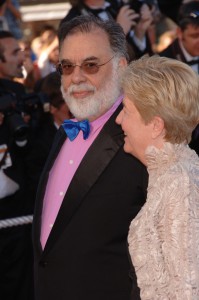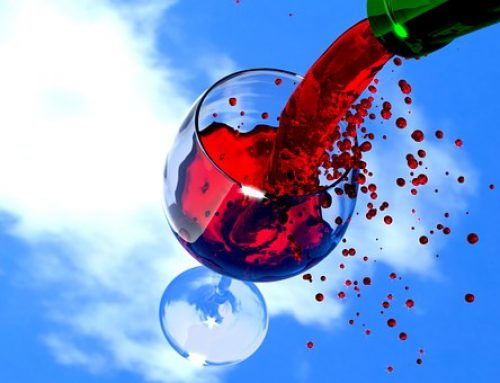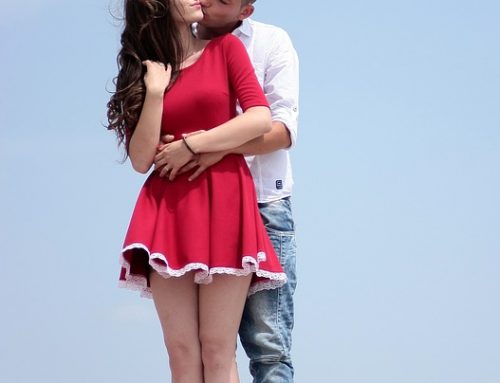Eileen Crane of Domaine Carneros is the producer behind the striking brut featured this week – the Domaine Carneros by Taittinger, 2009 Brut, 12 percent, $32.
Q: What happens behind the scenes to make this brut a standout?
A: What we do to make our brut a standout is first of all grow our own grapes from selected clones and then do everything in our power to handle those grapes as perfectly as possible. The Brut vintage 2009 is made predominantly from our estate grapes and 100% from Carneros grapes. The quality of our grapes, like the quality of ingredients in a restaurant, must be matched with the quality of the winemaker or in a restaurant the chef. I have been making sparkling wine for 35 years now. As a winemaker, you only make wine once a year; a chef may make their famous dish – 30 times a night. In winemaking, more than almost any other field, experience counts. I believe that I am the most experienced hands on sparkling winemaker in the country. Sparkling wine is my passion, I moved to California giving up an established job in Connecticut on a wish and prayer that I could someday become a winemaker. I don’t know if you know it, but I actually started as a part-time tour guide at Chandon in 1978.
Q: What is your house style with the brut and why do you shoot for this style?
A: Domaine Carneros is a small grower producer; the only sparkling house of any size that is smaller than us is Iron Horse. Our style is based upon what we can best produce out of the wonderful Carneros appellation and out of the wonderful vineyards we have planted, or on a limited basis purchase from. When I was first hired by Champagne Taittinger, I went through eight interviews. It was enormously important both to me and of course to the Taittingers that we were on the same page style wise. I have always enjoyed making an elegant style, which I often liken to Audrey Hepburn in a little black dress — everything in its place, beautifully balanced and yet kicky and fun. Taittinger is of a similar mind. We have never tried to make an imitation champagne; they do a perfectly good job of this in Champagne. Our job was to do the finest job possible in our wonderful appellation; and when Claude Taittinger and I first talked about Domaine Carneros wines he said to me, great wines like great art is always its own unique and distinctive creation. He further went on to say, where would Picasso be if he were trying to imitate Renoir. Of course, we never would have heard of Picasso.
Q: What don’t the uninitiated know about brut sparklers?
A: I’m not sure how to answer this question as there are uninitiated in many fields that would not know about what they haven’t been introduced to, but in general I believe that many Americans have never even tried a fine sparkling wine. Perhaps that is because we just simply have not, by and large, been a wine drinking country; of course, that’s changing. I also think that people feel that fine sparkling wine is only for great occasions, that is, you must be wearing a tux. There seems to be too many rules around wine in general, but sparkling wine seems to be even more difficult after all the bottles have to be opened differently, and people believe you must have different glasses, etc. So I think the differentness of fine sparkling is perceived to be a difficult product to enjoy. Perhaps as Prosecco has become so popular that eventually people who enjoy this wine will eventually be tempted to move up to try something finer, somewhat like what white Zinfandel did for still wine.
Q: What is the most challenging part of making brut sparkler?
A: For me there are two particularly challenging times in the making of sparkling wine. First is the picking decision. A date too early or a day too late can really change the balance and the flavor of a sparkling wine cuvée. The portion of the growing cycle of grapes when the sparkling harvest decision is made is usually between 18 and 20 brix. This is the time when the sugar in the grapes is being accumulated rapidly. You do not want too high a sugar in a sparkling wine base wine as the alcohol will be too high in the finished product and or a too high alcohol may actually inhibit the secondary fermentation in the bottle. On the other hand, you want to wait as long as you can for flavor and balance before picking.
The other most challenging time is blending the cuvée. I spend an enormous amount of time tasting through wines, constructing potential blends, rejecting or fine-tuning to get to the blends that are just right in my opinion. I taste with TJ Evan our pinot noir winemaker and Zak Miller our assistant winemaker, and I think sometimes they think I am crazy when I want to look at a difference of just 1% more or less in a nearly final blend. This happened just last Friday when TJ and Zak thought we were done and I wanted just one more adjustment to the blend. That last adjustment was the final one for the 2013 Brut.
Q: What is the most gratifying part of making a brut sparkler?
A: For me the most gratifying part of making a sparkling wine is when you finally taste the finished cuvée after it has aged a full three or four years. You have to wait a long time when you make sparkling to taste what you created so many years back. The other most gratifying time is watching our visitors on our terraces take their first sip and I can see the “Ah ha” moment on their faces.
Q: What makes brut good to drink, especially this time of year? In what instances and/or festivities does a brut work better than another kind of sparkler?
A: I think that brut is the real go to this time of year. Our brut is composed of both chardonnay and pinot noir and it is the most flexible wine we make. It will go with a New York steak, believe it or not, and I fell in love the first time over a bottle of champagne and filet mignon. I cannot promise everyone the same good luck, but it’s worth a try. On a more serious note, the brut is just fabulous with crab and it is also a wonderful wine to take with you to holiday parties or events because often you do not know what is going to be served and you know the brut will be perfect with anything except perhaps a very sweet dessert. Personally I drink our rosé all summer long, and of course, I consider it mandatory for Valentine’s Day; but, between October and the end of April brut is my drink of choice. When Mother’s Day shows up, I know it’s time to switch to rose.
Q: When did you first fall in love with sparklers? Was it a moment in time, a bottling or a sparkling wine adventure? Please be detailed here.
A: I first fell in love with sparkling wine when my father allowed me to have a little sip at Sunday dinner when I was about eight. I was enthralled by the bubbles, I was enthralled by the glasses and I was enthralled by the taste. We lived in New Jersey when I was growing up and my father, who had landed on D-Day, had a wine cellar and would let me taste wines from an early age. I was entranced not only by the wines, but also by the labels and the stories of where the wine came from. But, sparkling was always my favorite and when I moved to California in 1978, I immediately applied for a job at a sparkling house and luckily got the entrance position I was seeking.
Q: What do sparklers offer the world that no other substance can? What sets sparklers apart?
A: Great sparkling wines offer the world the ultimate celebration beverage. We remember not days or years, but great moments and sparkling wine allows us to enhance those moments even if they are small moments – the moments on Friday night by the fireplace, lunch with a friend you haven’t seen in a long time. Of course, they also offer a flavor profile and a balance that is very different from all other wines in the world.
Q: What is it specifically about sparklers that are compelling in general?
A: I find sparkling wines compelling because of their balance, the tickle of the bubbles and their unique flavors. They are meditative wines in that a well-made sparkling does not hit you over the head with too much grapiness or too much tannin. Fine sparkling wine in my opinion is ethereal; it leads us to delight.
Q: What has changed over the past 10 years in styles of sparklers? What is the most popular style now and why? How has Domaine Carneros tried to respond/react to that popular style?
A: Over the past 10 years fine sparkling from California and Champagne have become drier. It has been a subtle transition and generally appreciated. We also find that our Ultra Brut, which has only half the dosage of our vintage Brut, is highly appreciated especially by our club members.




